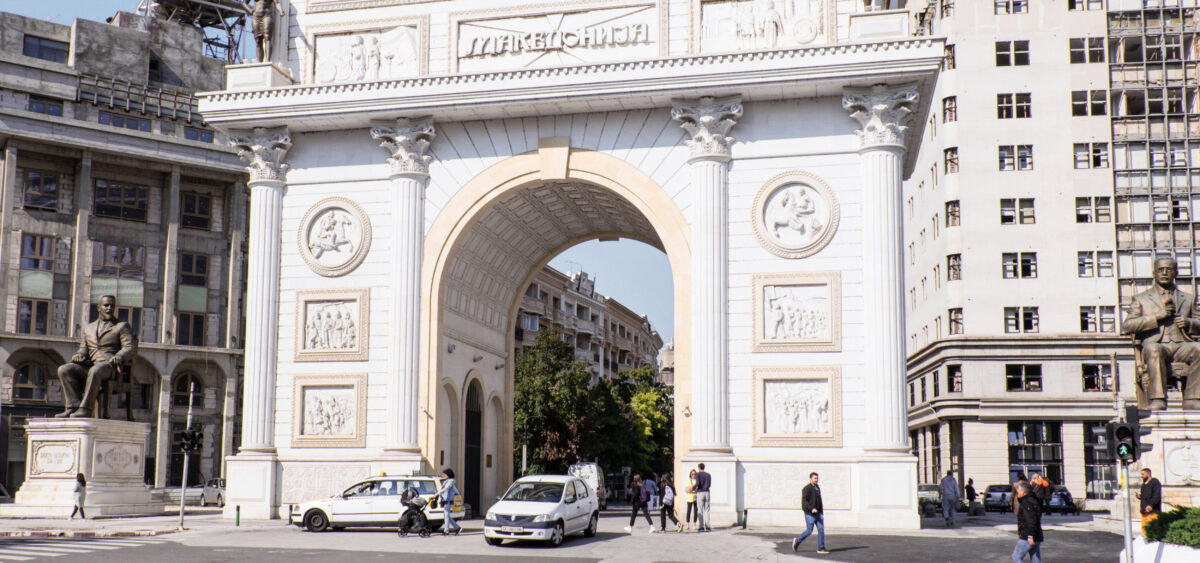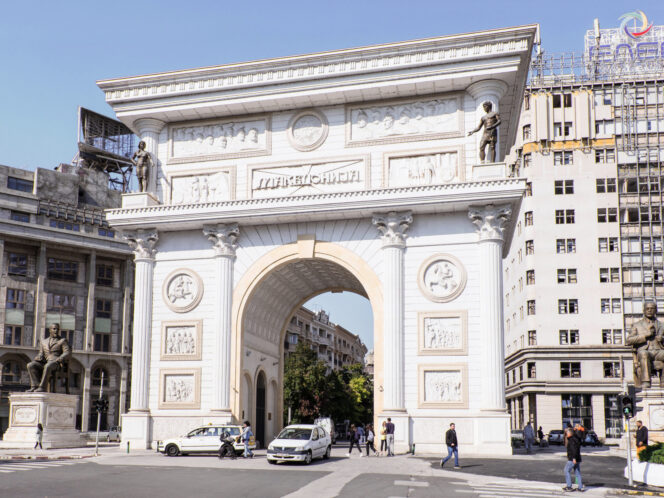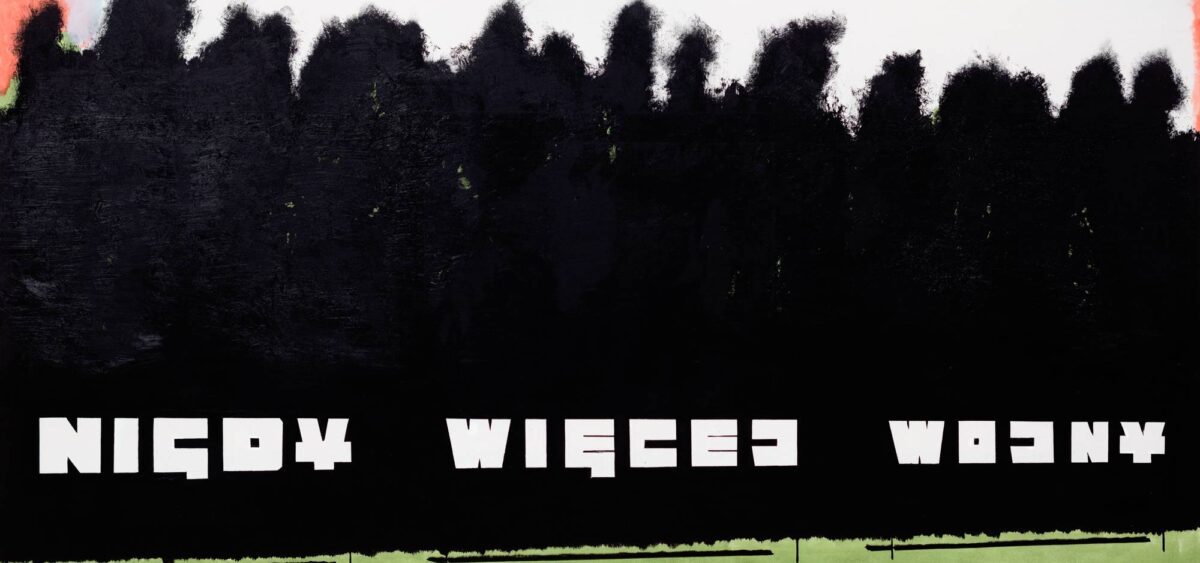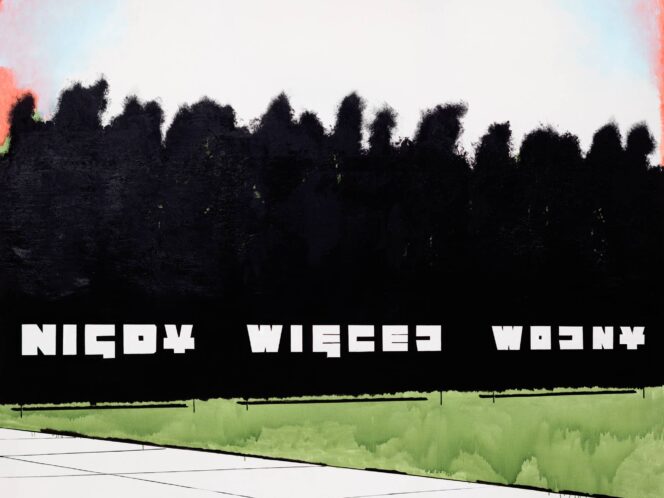
Sometimes a regular trip can become a journey through time—and an instructive history lesson at that. Especially in a place like Skopje, the North Macedonian city whose ambitions—and design—date back to the times of Alexander the Great.
I passed through Skopje in fall 2022. I had heard a lot about the exceptional fate of this city in the twenty-first century, but to hear is one thing, and to see is another—there were still some shocks and surprises.
As I walked through the streets of the North Macedonian capital, I thought about Planet of the Apes. Franklin J. Schaffner’s movie—released in 1968—is pretty old, yet is hard to forget. One sentence in particular stuck in my mind: “The question is not so much where we are as when we are.”
In Planet of the Apes, a team of astronauts find themselves in a world where an alternate evolutionary scenario took place. The roles of apes and hominins were reversed: the hominids (Hominidae) created language, culture, technology, and civilization itself, while humans (Homo) function on the margins of society. Thus they do not have the status of people and the rights that go with it; they are the equivalent of what we still like to call “animals” in our anthropocentric culture.
Downgraded to the level of animals, the








